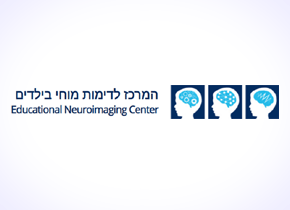
 Project Details
Project DetailsMany studies in the field of child development have shown that the diagnosis of developmental problems in children at a young age significantly improves the ability to treat these problems (about 80-70 percent success rate). In addition, studies have shown that the nature of interaction between a child and their parents can indicate developmental problems. Building upon this premise, this project aims to classify joint activities between a child and parent through visual analysis of shared interaction videos. This system will ultimately contribute to diagnosing developmental problems by cross-referencing its output with additional data (EEG signals, etc.). To this end, we developed an algorithm that classifies the degree of synchronization in child-parent interaction in experiment videos, into six categories: “Looking at each other”, “Left person looks towards the right person”, “Right person looks towards the left person”, “Looking in the same direction”, “Looking in different directions” and “Invalid data”. Both characters are looking at the same place, looking at different places, looking at each other, one looking at the other, reliable classification not possible. This document details our solution, demonstrating a system that converts parent-child videos into frame-by-frame classification of interaction degree. This paves the way for further research in this area.

